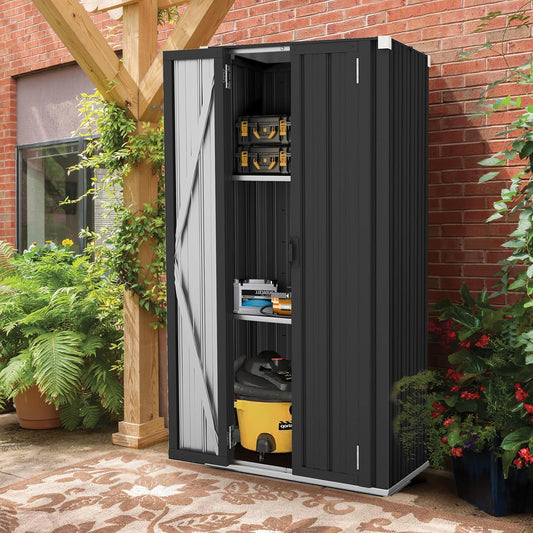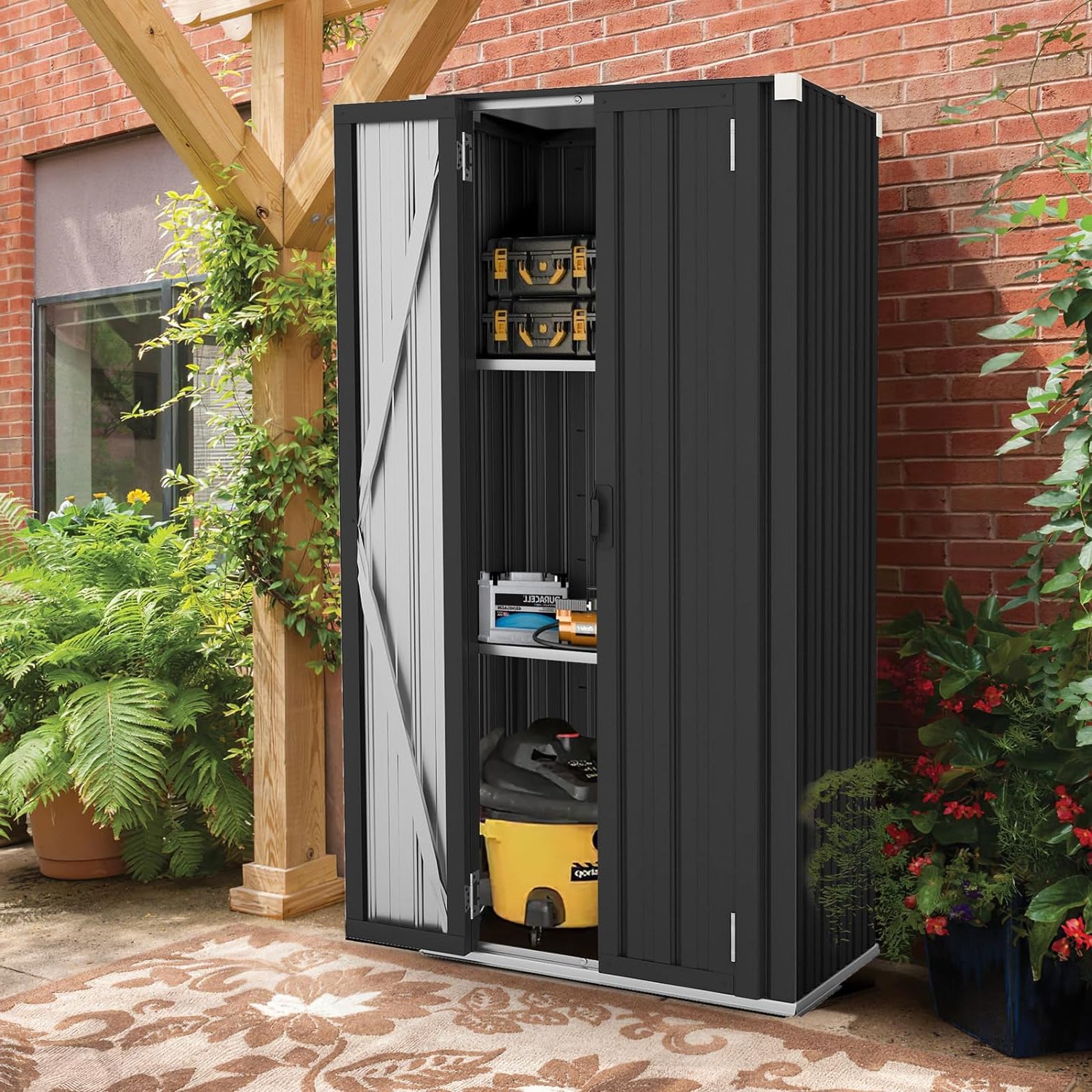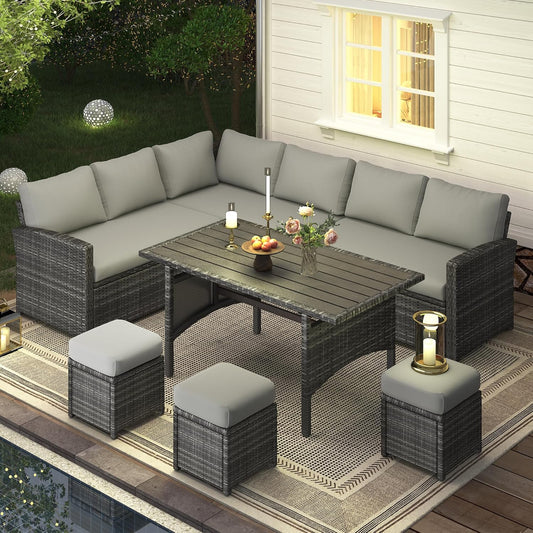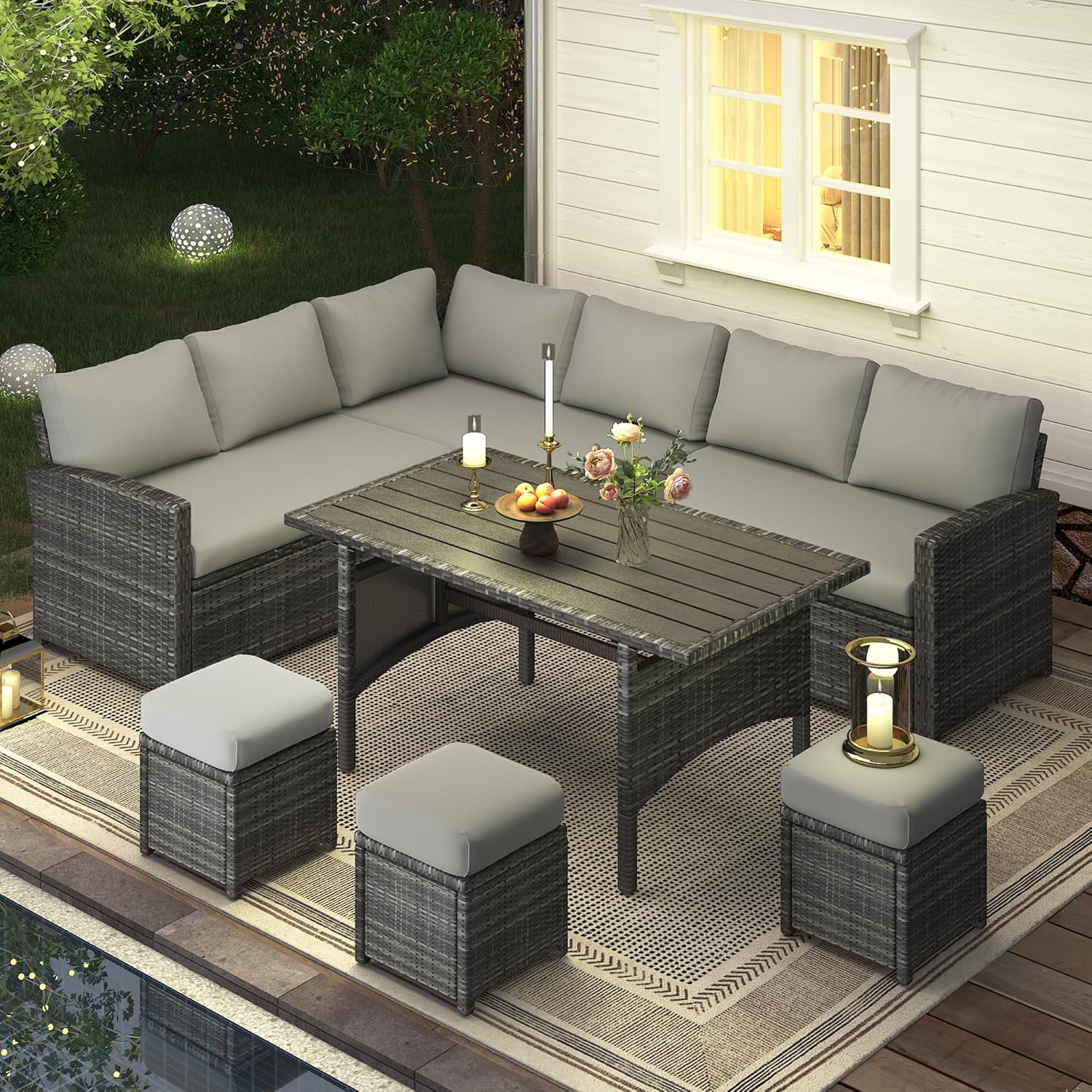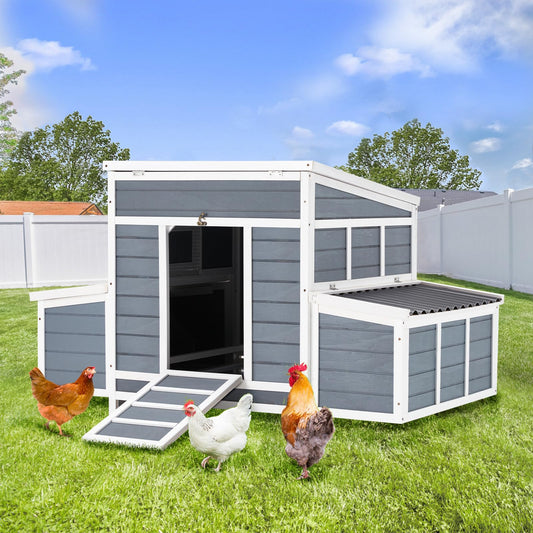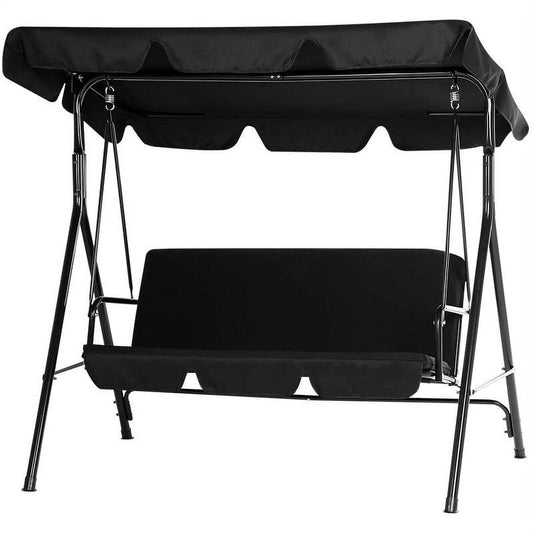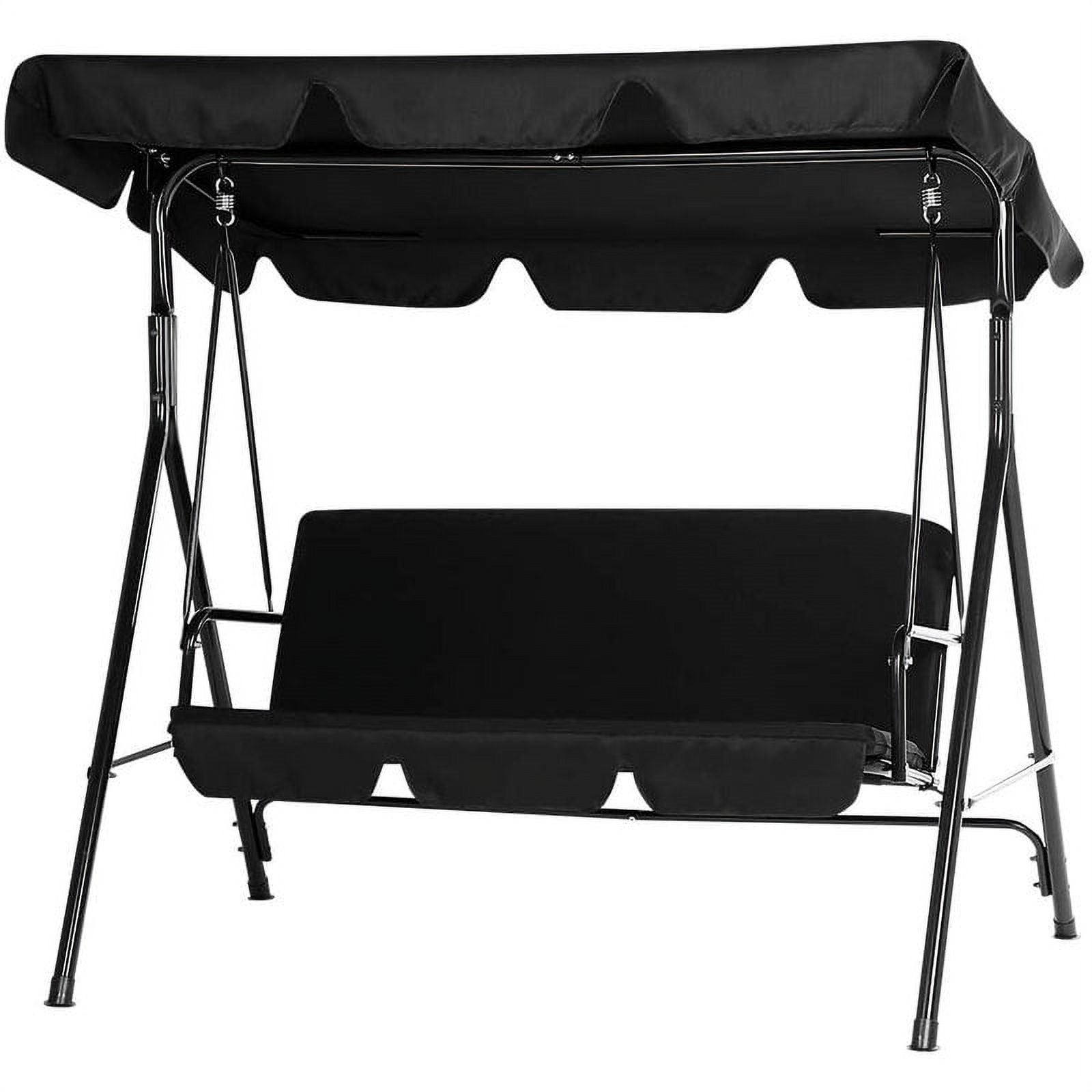Adding a gazebo to your yard is one of the easiest ways to turn an open space into something functional, comfortable, and beautiful. Whether you're looking to create a shaded reading spot, a stylish outdoor dining area, or just somewhere to relax after work, a well-designed gazebo can make your outdoor space feel like an extension of your home.
But with so many options available, one big question always comes up: should you go with a soft top or a hard top gazebo?
Each has its pros and cons, and the right one depends on how you plan to use it, where you live, and what level of durability you expect. A hard top gazebo tends to be more durable and weather-resistant, while a soft top gazebo is easier to move, install, and often more budget-friendly.
In this guide, we’ll break down the key differences, use cases, and features of both. Whether you're shopping for a modern metal gazebo or a simple outdoor canopy gazebo, we’ll help you choose the right one for your lifestyle.
Soft-Top Gazebos-Benefits and Features You Should Know
If you want quick, affordable shade and a more flexible setup, a soft top gazebo might be just what you need. These gazebos typically use a fabric roof and a lightweight frame, making them easier to move and set up compared to permanent structures.
1. Lightweight and Budget-Friendly Shade Options
One of the biggest advantages of a soft top gazebo is affordability. Compared to a hard top gazebo, the materials cost less and the installation process is much simpler—often doable without professional help.
Soft tops are great for renters, event hosts, or anyone who wants a seasonal or temporary shade solution. Many models come with UV-resistant polyester canopies and powder-coated steel frames to balance cost with durability.
|
Feature |
Soft-Top Gazebo |
|
Roof Material |
Polyester, canvas, or other weather-resistant fabric |
|
Frame Type |
Lightweight steel or aluminum |
|
Portability |
High – can be disassembled or stored seasonally |
|
Installation Time |
1–2 hours (DIY friendly) |
Soft tops are also more forgiving when it comes to small patios or decks. Since they weigh less and take up less visual space, they’re ideal for smaller homes or tight backyard gazebo layouts.
2. Best Use Scenarios for Outdoor Canopy Gazebos
While a soft top gazebo may not last for decades, it works well for plenty of situations where flexibility is more important than permanence.
Great for:
- Seasonal use (spring through fall)
- Backyard BBQs or birthday parties
- Temporary patio dining areas
- Poolside shade
- Apartment patios or rented properties
These outdoor canopy gazebos can be quickly assembled before a weekend party and packed away when not needed. Some models even come with mosquito netting or zippered curtains for extra protection and privacy.
Visual Comparison: Soft-Top vs Hard-Top Quick Overview
|
Feature |
Soft-Top Gazebo |
Hard-Top Gazebo |
|
Durability |
Moderate |
High |
|
Portability |
Excellent |
Low |
|
Installation |
DIY easy |
May require 2+ people |
|
Price Range |
Lower |
Higher |
|
Best For |
Temporary or seasonal |
Year-round or permanent |
A soft top might not offer the same weather resistance as a hard top gazebo, but for many homeowners, it provides just the right amount of shade, comfort, and convenience without breaking the bank.
Up next, we’ll explore the more rugged side of outdoor shade—hard top gazebos. If you're looking for something long-term and storm-ready, keep reading.
Looking to enhance your outdoor space with a durable and stylish solution? The YODOLLA 10' x 8' Hardtop Gazebo offers a robust aluminum frame and a weather-resistant roof, providing reliable shelter throughout the year. Its lean-to design seamlessly integrates with your patio or deck, creating an inviting area for relaxation or entertaining guests. Whether you're hosting a barbecue or enjoying a quiet evening outdoors, this gazebo delivers both functionality and elegance.

Hard-Top Gazebos-Durability and Advantages Explained
If you're looking for something long-lasting, sturdy, and more permanent, a hard top gazebo is a solid investment. These gazebos are designed to handle year-round use, from hot summer sun to heavy rain—and even snow, depending on the roof material.
1. What Makes a Hard Top Gazebo Long-Lasting?
Unlike soft top gazebos, hard tops are built with solid materials like galvanized steel, aluminum, or polycarbonate panels. Many metal gazebos feature powder-coated frames that resist rust, fading, and chipping over time.
These gazebos are made to stay up all year. The roof doesn’t sag under rainfall, the frame doesn’t sway in the wind, and with proper anchoring, it becomes a dependable outdoor shelter.
|
Feature |
Hard-Top Gazebo |
|
Roof Material |
Metal (steel/aluminum) or polycarbonate |
|
Frame Type |
Heavy-duty aluminum or steel |
|
Portability |
Low – permanent structure |
|
Lifespan |
Long-term, with proper care |
If you’re building a more permanent backyard gazebo setup—think outdoor kitchens, hot tubs, or large dining spaces—a hard top is the way to go.
2. Weather Resistance and Year-Round Protection
A major advantage of a hard top gazebo is how well it handles the elements. The sloped roof allows for easy rain runoff, and many models are wind-rated to stay stable even in strong gusts. Some options even include snow load ratings, making them ideal for northern climates.
Hard tops also offer better UV protection than fabric. If you spend long hours outside or want to shield furniture or grills, a metal gazebo provides solid coverage without fading or tearing over time.
Hard tops require less seasonal setup and take-down, which saves time in the long run. Though they may take more effort to install at first, you’ll enjoy year-round peace of mind once it’s done.
Soft-Top vs Hard-Top Gazebos-Comparing Key Differences
Now that you’ve seen what each gazebo offers, let’s compare them side-by-side to help you make a decision.
1. Structure, Stability, and Longevity
①Soft top gazebos are lighter and easier to move but less stable in strong wind or rain. They’re ideal for temporary setups and casual weekend use.
②Hard top gazebos offer unmatched structural strength. Once installed, they’re meant to stay in place and provide dependable shelter for years.
|
Factor |
Soft-Top Gazebo |
Hard-Top Gazebo |
|
Stability |
Light-duty, may need anchoring |
Heavy-duty, wind-resistant |
|
Lifespan |
1–3 years (typical use) |
5–15+ years |
|
Seasonal Use |
Yes |
Year-round |
|
Ideal Use Case |
Parties, small patios |
Patios, hot tubs, full coverage |
2. Aesthetics, Flexibility, and Price
In terms of looks, both types come in modern and classic designs. But hard tops often feel more like a permanent part of your landscape. Metal gazebos in particular give a sleek, architectural look that enhances your yard’s value.
Soft tops are easier to experiment with. Want to try a lean to gazebo one season and switch it next year? No problem. They’re also better suited for renters or those who want to try a new look without a big investment.
Price-wise, soft tops are budget-friendly and flexible, while hard tops are more of a long-term investment.
Coming up next, we’ll help you decide which style fits your outdoor lifestyle best—and what to think about before you buy.
The YODOLLA 14' x 10' Hard Top Lean-To Gazebo offers a sleek, wall-mounted design that seamlessly extends your patio or deck space. Its sturdy aluminum frame and durable polycarbonate roof provide reliable protection against sun and rain, making it an ideal choice for year-round outdoor enjoyment. Whether you're hosting gatherings or seeking a tranquil retreat, this gazebo enhances your outdoor living experience with both functionality and style..

Which Gazebo Is Right for Your Outdoor Lifestyle?
Choosing between a soft top gazebo and a hard top gazebo isn’t just about price—it’s about how you live outdoors. The best option is the one that works with your habits, your space, and your long-term plans.
1. Consider Your Space, Climate, and Usage Habits
If you live in a region with mild weather and want something lightweight for summer parties or shade by the pool, a soft top gazebo is a practical, cost-effective choice.
But if you experience frequent rain, wind, or even snow, and want something you can leave up year-round, a hard top gazebo—especially one made of aluminum or steel—is worth the upgrade.
Also ask yourself:
- How often will you use it?
- Do you need full protection from sun and rain?
- Are you looking for a permanent shade solution?
A metal gazebo gives peace of mind for year-round use, while an outdoor canopy gazebo works well for seasonal flexibility.
2. Style Preference and Home Design Compatibility
Your personal taste and existing outdoor design should also guide your choice. A lean to gazebo with a hard roof looks clean and modern, especially when attached to the side of your house or garage. Freestanding hard top models can frame a dining area or hot tub beautifully.
Soft top designs, on the other hand, come in fun, airy styles that are easy to match with garden setups, string lights, or fabric curtains.
|
Preference |
Better Option |
|
Permanent & durable |
Hard Top Gazebo |
|
Casual & seasonal |
Soft Top Gazebo |
|
Modern, built-in look |
Lean To or Metal Gazebo |
|
Portable & flexible |
Outdoor Canopy Gazebo |
Installation and Care Tips for Soft-Top and Hard-Top Gazebos
Before making your final decision, consider how much time and effort you’re willing to put into setting up and maintaining your gazebo.
1. Setup Difficulty and Tools Required
Most soft top gazebos can be assembled with one or two people and basic tools. You’ll usually need a ladder, wrench, and screwdriver. The instructions are usually clear, and setup time is under 2 hours.
Hard top gazebos, especially larger ones, take more time—usually 4–8 hours—and may require extra hands. Some people prefer to hire professional installers, especially when anchoring into concrete or decking.
2. Maintenance Tips for Longevity
No matter which type you choose, some upkeep will help it last longer:
Soft top gazebo:
①Take down the canopy during strong storms or winter
②Clean fabric with mild soap and water every few months
③Store canopy indoors when not in use for long periods
Hard top gazebo:
①Rinse roof panels with a hose to remove dirt and debris
②Check bolts and anchors seasonally for tightness
③Apply anti-rust spray if using steel components
Proper care can extend the life of a backyard gazebo from just a few years to well over a decade.
The YODOLLA 14' x 10' Hard Top Lean-To Gazebo offers a spacious and durable solution for enhancing your outdoor living area. Its wall-mounted design seamlessly integrates with your patio or deck, providing ample shade and protection from the elements. Constructed with a sturdy aluminum frame and a weather-resistant roof, this gazebo is ideal for hosting gatherings or enjoying quiet moments outdoors.

Conclusion: Finding the Perfect Gazebo for Your Needs
Both soft top and hard top gazebos have their strengths—and the right one depends on how you plan to use your outdoor space.
If you want flexibility, easy setup, and a lower price, a soft top gazebo is a great place to start. If you’re ready for a long-term structure that offers strength and weather protection, go with a hard top gazebo or a sturdy metal gazebo.
Still unsure? Consider starting with a seasonal outdoor canopy gazebo to test out the space. Once you know how you use it, upgrading to a lean to gazebo or a more permanent model will be easier.
In the end, the best gazebo isn’t just about material—it’s about how well it fits your lifestyle, your space, and your vision for relaxing outdoors.
















